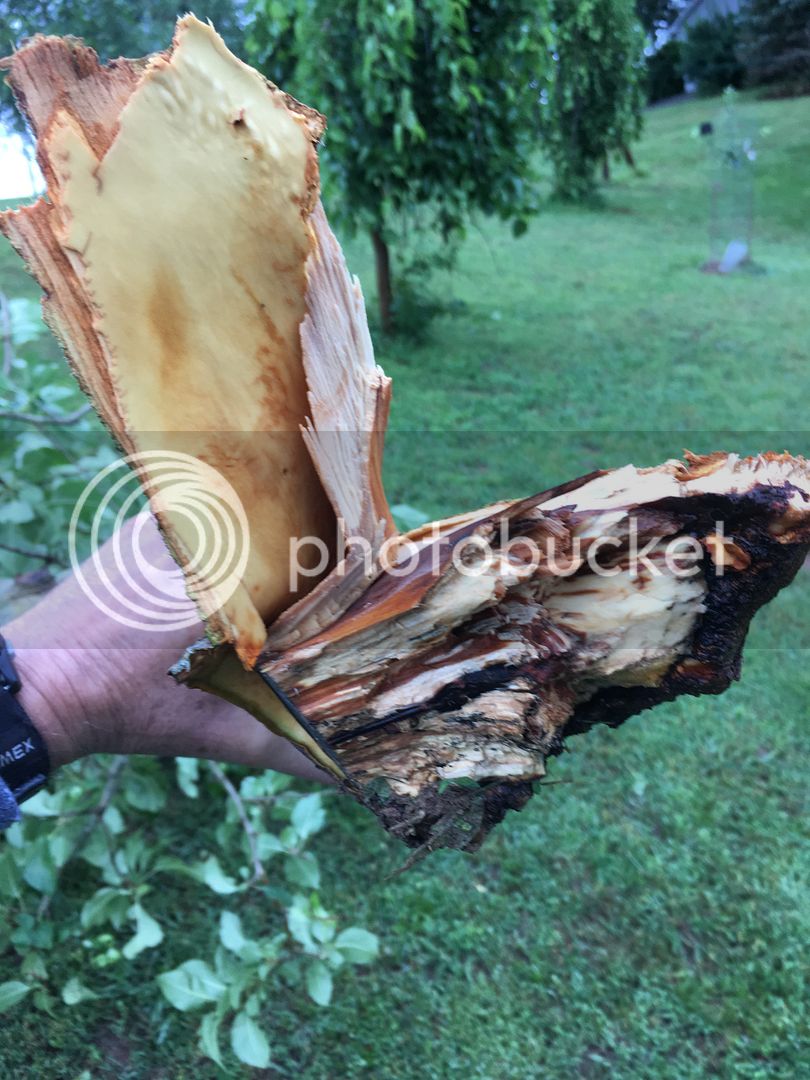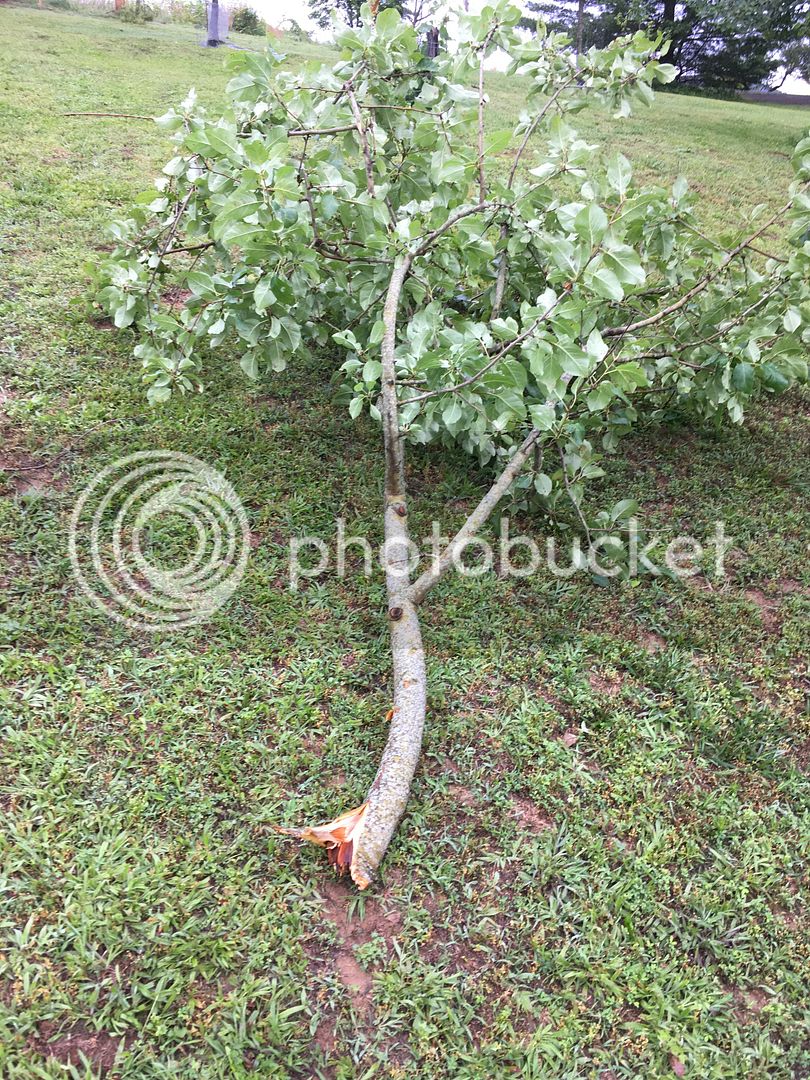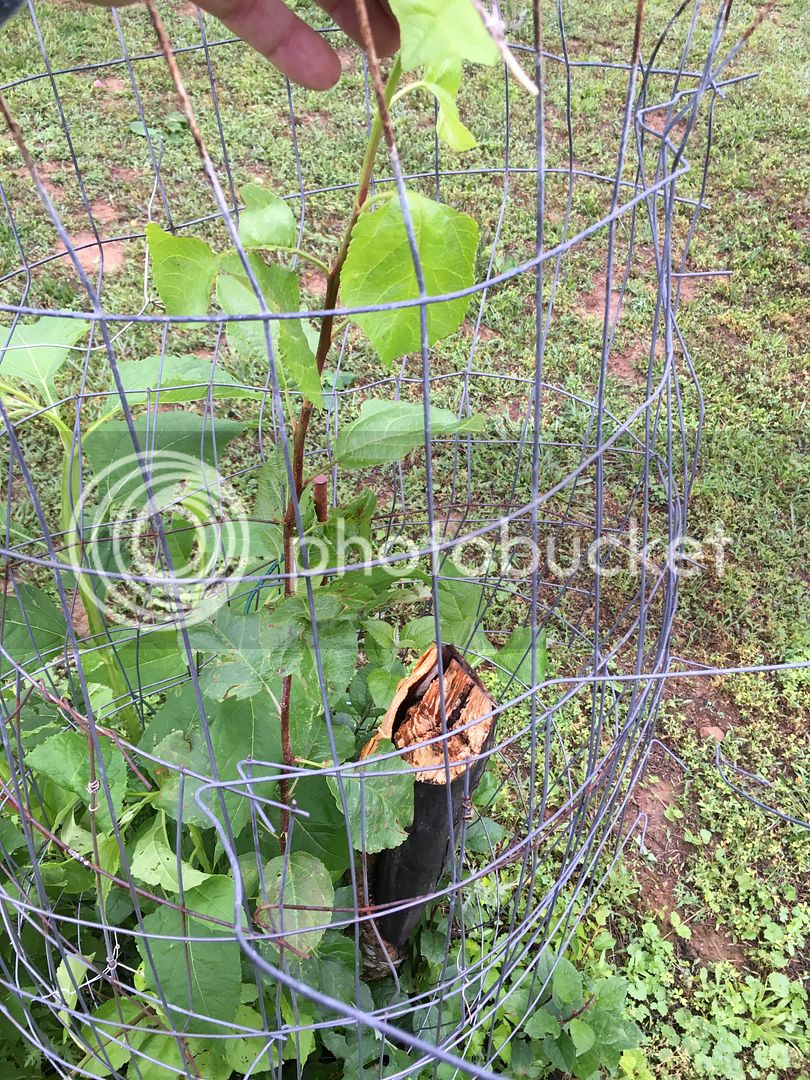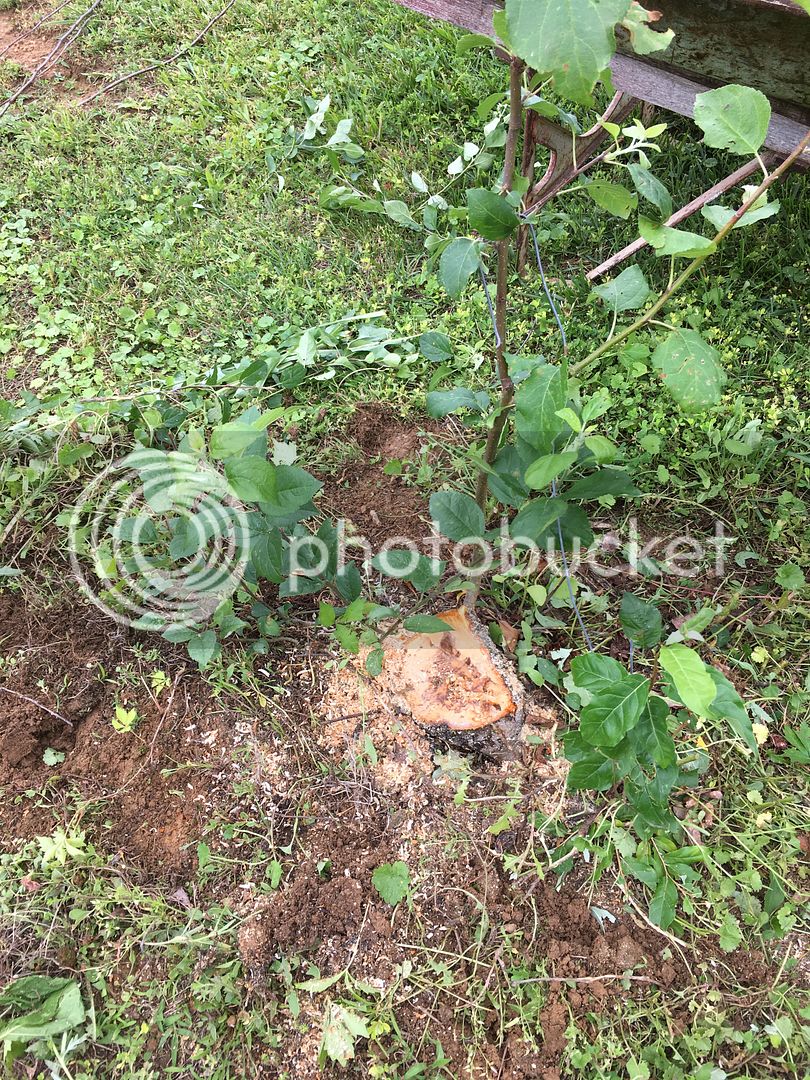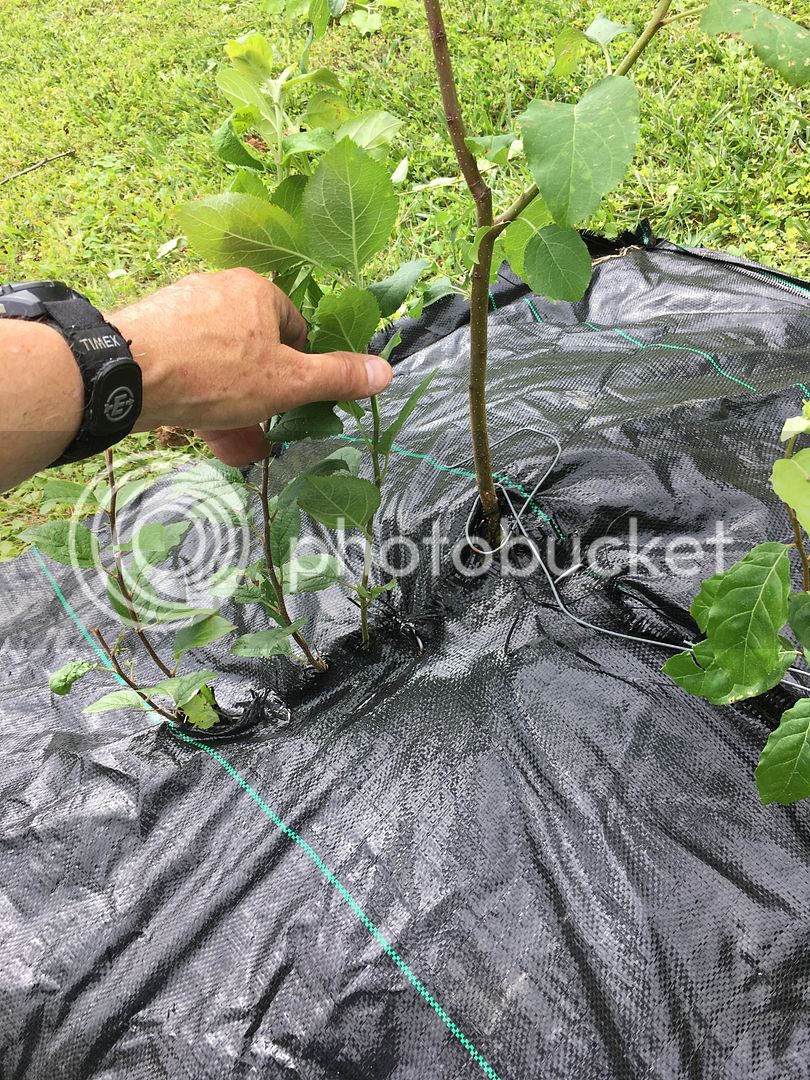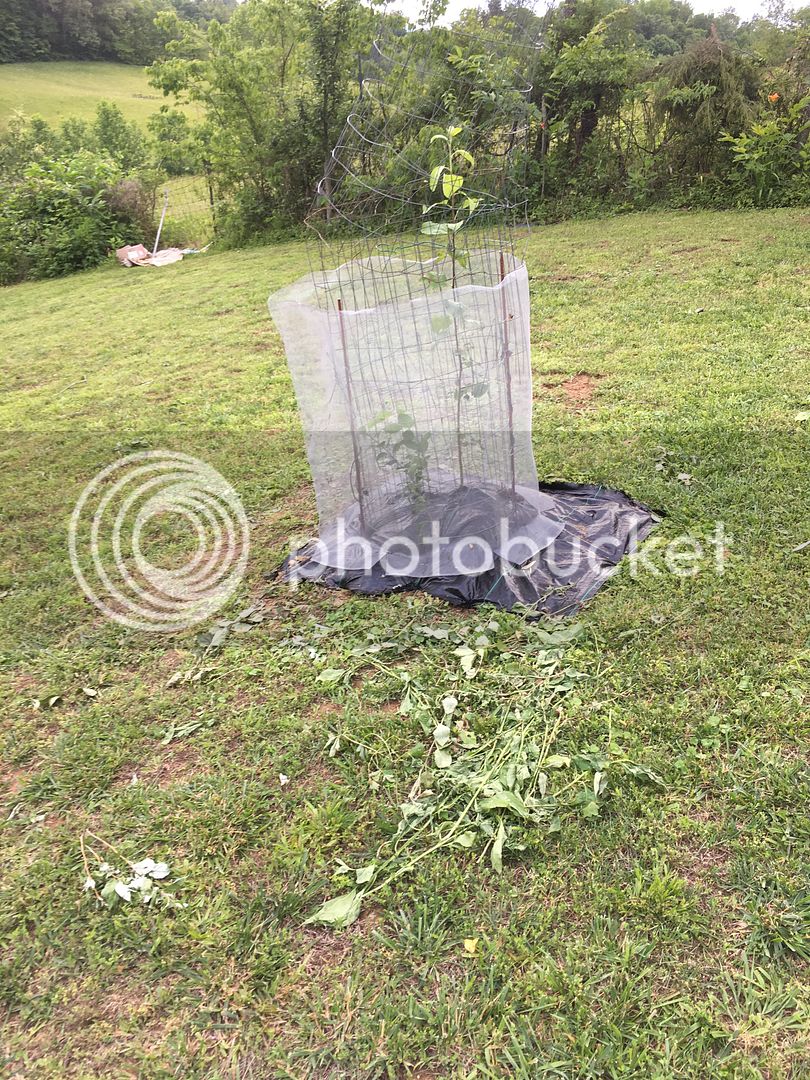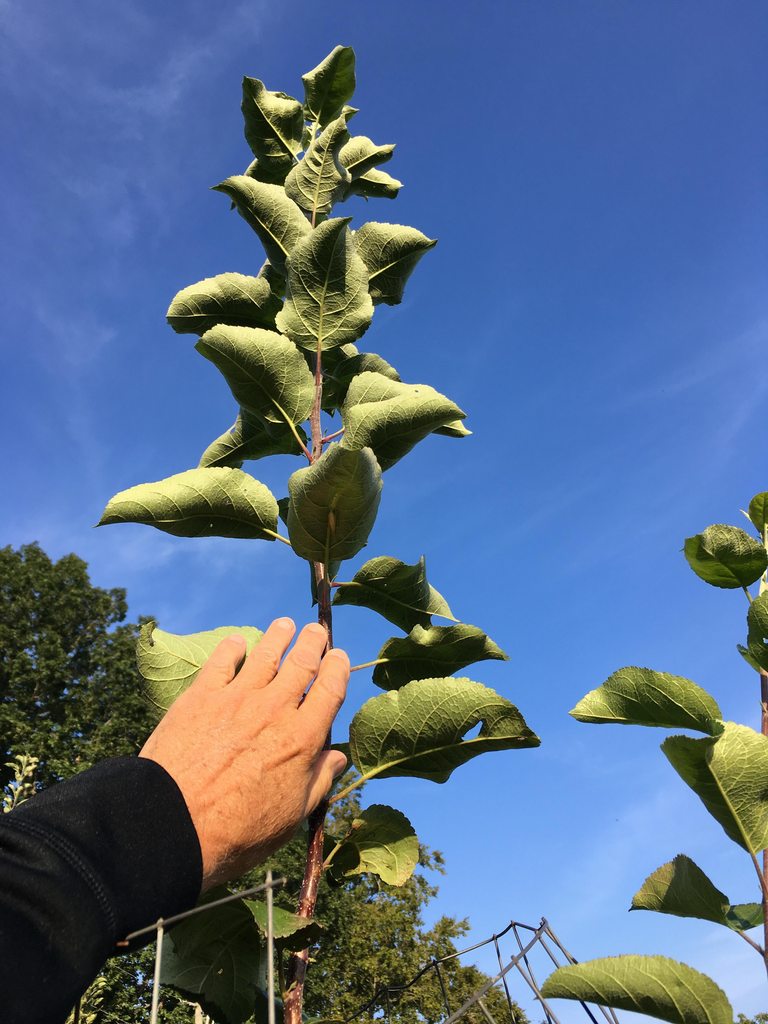Native Hunter
5 year old buck +
Sun scald is caused by the freezing of bark on a tree that was earlier heated up on a warm, sunny day in the winter. The result can be permanent damage to the tree.
Trees are exposed to the most sunlight on the southwest side of the tree. On a sunny winter day this side of the tree can thaw out and become heated to the point that the cells open up – somewhat like breaking dormancy.
The temperature required to wake up a tree depends on local conditions and surrounding vegetation, but typically the temperature will be just above freezing or even warmer. The opened up cells on the southwest side of the tree are unable to return to dormancy by nightfall when the temperatures fall again.
This sets up the perfect storm for problems – especially if the sequence is repeated. The difference in the bark on the southwest side compared to bark on the other side of the tree creates an effect that can cause the bark on the southwest side to separate from the tree trunk.
Even years ago before I got into growing many apples, I was aware of damage to trees I had planted for ornamental purposes in the yard. Even dogwood trees can be affected by this phenomenon.
Some of the methods of prevention are shown below. I won’t go into detail here, because you can find detailed information regarding this on the Internet. My purpose with this thread is to illustrate a severe case:
This thread documents the most severe case of sunscald I have ever observed. It happened on a six or seventh leaf Liberty on MM111 rootstock. The recommended treatment for dealing with this injury is to take a sharp knife and shave back the bark to the point it is still attached to the tree. The hope is that the wound will eventually heal over.
However, in this case – the bark separated around the entire tree – actually leaving an air space between the bark and the tree.
Rather than replace the tree right now I have decided to just let it stand until it eventually breaks off. Actually I have a Liberty sprout coming off above the graft that I will try to keep alive, and when the tree eventually breaks off, I will saw it off just above the sprout and pile dirt on top of that – in hopes that the sprout will take root above the graft and make a full sized Liberty tree.
If that fails, I will break down and plant another tree. Yes, I can be stubborn and don’t give up easily…LOL. Actually, this tree is still bearing nice apples – just as well as it ever did. Why should I be in a hurry to do anything else???
These pictures are 3 years (maybe 2, I don’t remember for sure) after the event occurred.
First picture show the air gap between bark and tree. Notice how the bark is now over 1.5 inches thick. This is the tree’s natural reaction – trying to compensate for what it has experienced. This tree is essentially dead, but just trying to hang on.
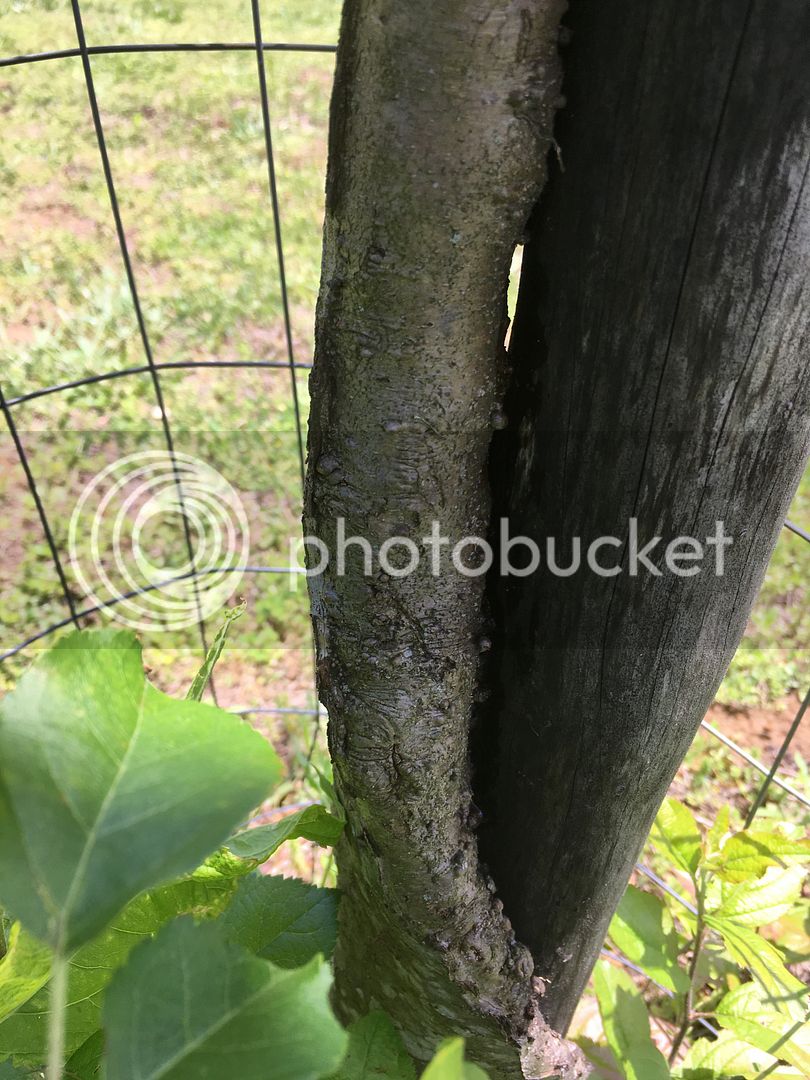
Second picture shows just another view of the same thing.
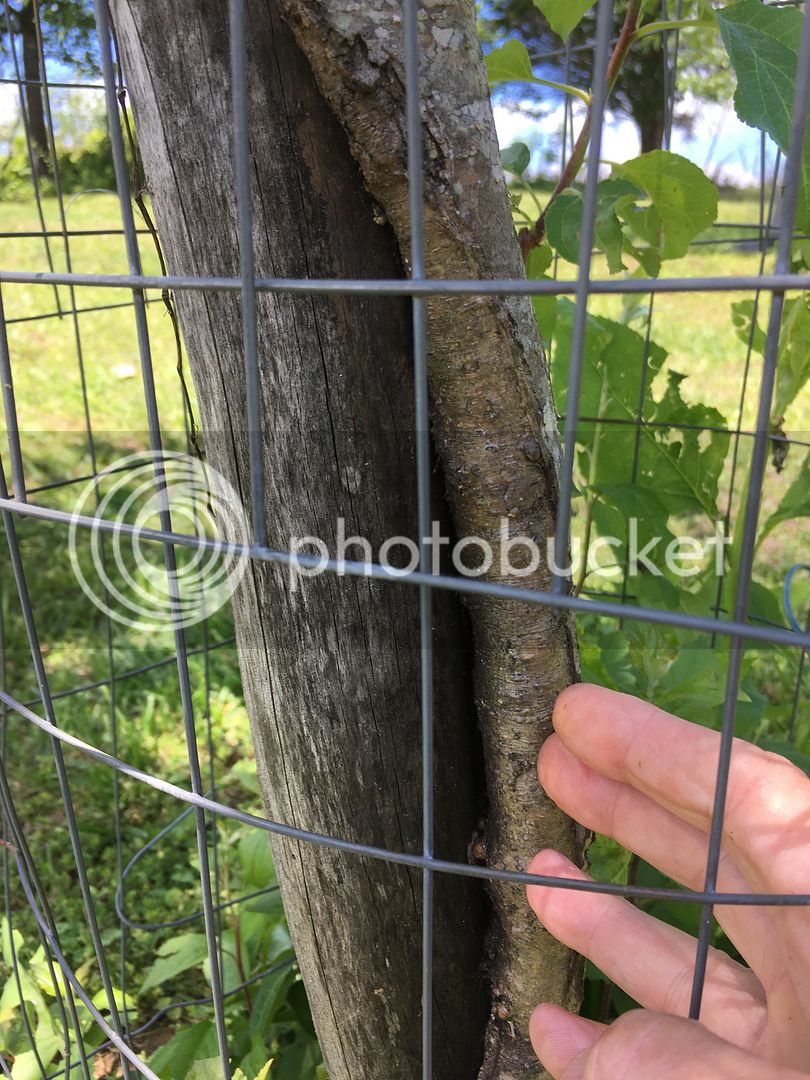
Third picture show my little sprout above the graft that I will try to nurture to start a new tree when the inevitable eventually occurs.
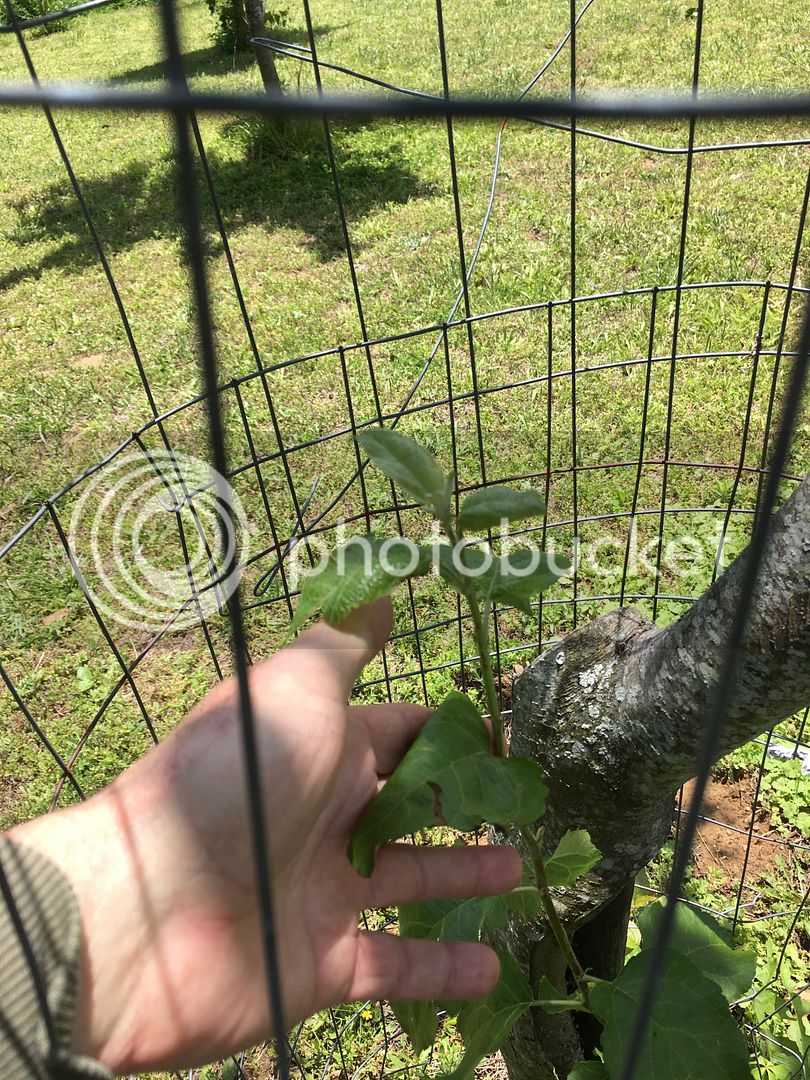
This last pic shows the tree still making apples. Actually, the top of the tree is very healthy, and the tree had a fine crop last year, but it’s just a matter of time until the death occurs.

I just got in the mood to talk apples today and decided to post this thread. I hope someone benefits from it and gains some knowledge. I’ve learned a lot with this.
Trees are exposed to the most sunlight on the southwest side of the tree. On a sunny winter day this side of the tree can thaw out and become heated to the point that the cells open up – somewhat like breaking dormancy.
The temperature required to wake up a tree depends on local conditions and surrounding vegetation, but typically the temperature will be just above freezing or even warmer. The opened up cells on the southwest side of the tree are unable to return to dormancy by nightfall when the temperatures fall again.
This sets up the perfect storm for problems – especially if the sequence is repeated. The difference in the bark on the southwest side compared to bark on the other side of the tree creates an effect that can cause the bark on the southwest side to separate from the tree trunk.
Even years ago before I got into growing many apples, I was aware of damage to trees I had planted for ornamental purposes in the yard. Even dogwood trees can be affected by this phenomenon.
Some of the methods of prevention are shown below. I won’t go into detail here, because you can find detailed information regarding this on the Internet. My purpose with this thread is to illustrate a severe case:
- Painting the tree trunk with white paint (various recommendations)
- Wrapping trunk with a protective covering (some wrap in the fall and remove in the spring)
- Setting up a board of piece of plywood on the southwest side to block sunlight. (this could be attached to the cage)
This thread documents the most severe case of sunscald I have ever observed. It happened on a six or seventh leaf Liberty on MM111 rootstock. The recommended treatment for dealing with this injury is to take a sharp knife and shave back the bark to the point it is still attached to the tree. The hope is that the wound will eventually heal over.
However, in this case – the bark separated around the entire tree – actually leaving an air space between the bark and the tree.
Rather than replace the tree right now I have decided to just let it stand until it eventually breaks off. Actually I have a Liberty sprout coming off above the graft that I will try to keep alive, and when the tree eventually breaks off, I will saw it off just above the sprout and pile dirt on top of that – in hopes that the sprout will take root above the graft and make a full sized Liberty tree.
If that fails, I will break down and plant another tree. Yes, I can be stubborn and don’t give up easily…LOL. Actually, this tree is still bearing nice apples – just as well as it ever did. Why should I be in a hurry to do anything else???
These pictures are 3 years (maybe 2, I don’t remember for sure) after the event occurred.
First picture show the air gap between bark and tree. Notice how the bark is now over 1.5 inches thick. This is the tree’s natural reaction – trying to compensate for what it has experienced. This tree is essentially dead, but just trying to hang on.

Second picture shows just another view of the same thing.

Third picture show my little sprout above the graft that I will try to nurture to start a new tree when the inevitable eventually occurs.

This last pic shows the tree still making apples. Actually, the top of the tree is very healthy, and the tree had a fine crop last year, but it’s just a matter of time until the death occurs.

I just got in the mood to talk apples today and decided to post this thread. I hope someone benefits from it and gains some knowledge. I’ve learned a lot with this.
Last edited:
